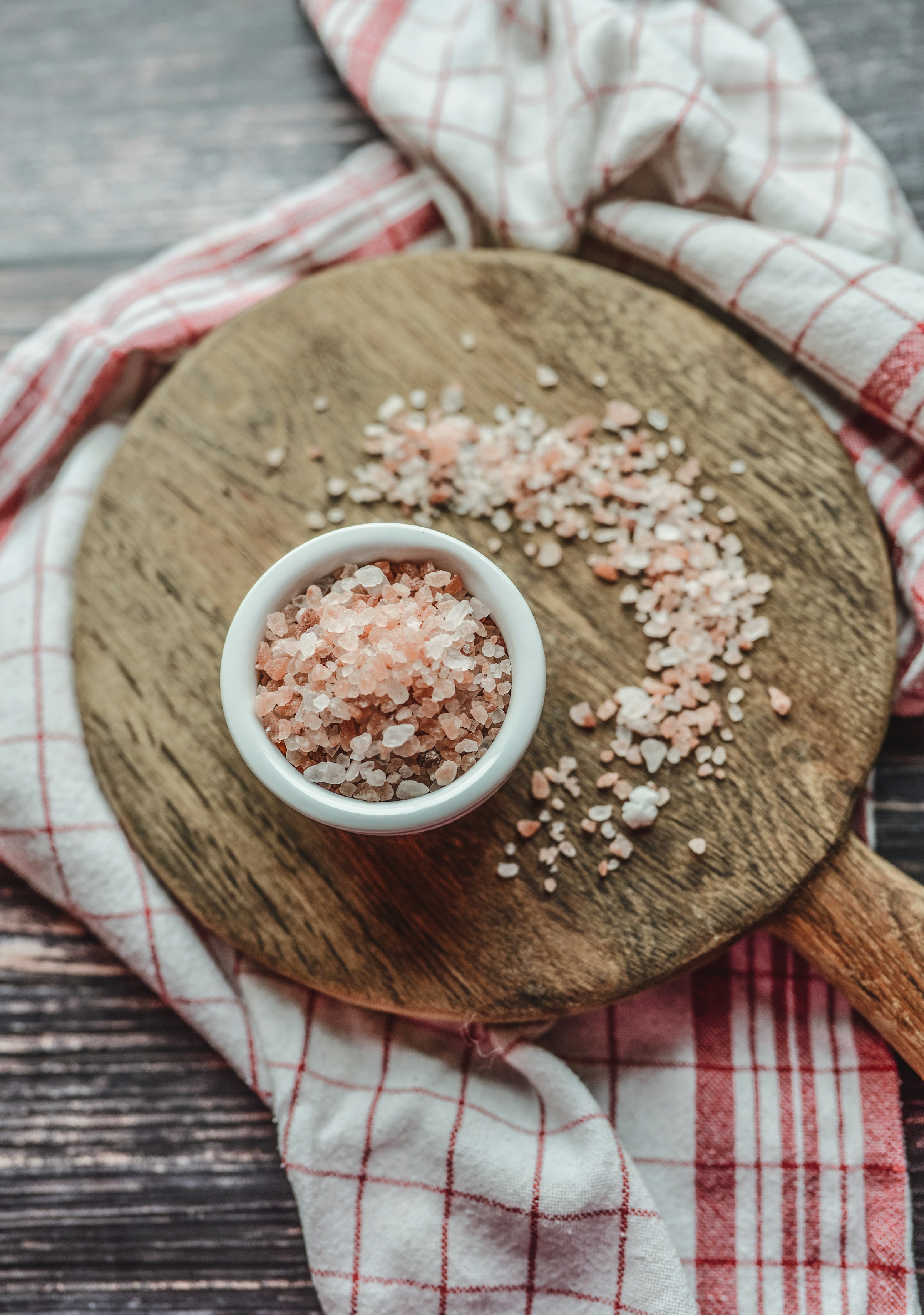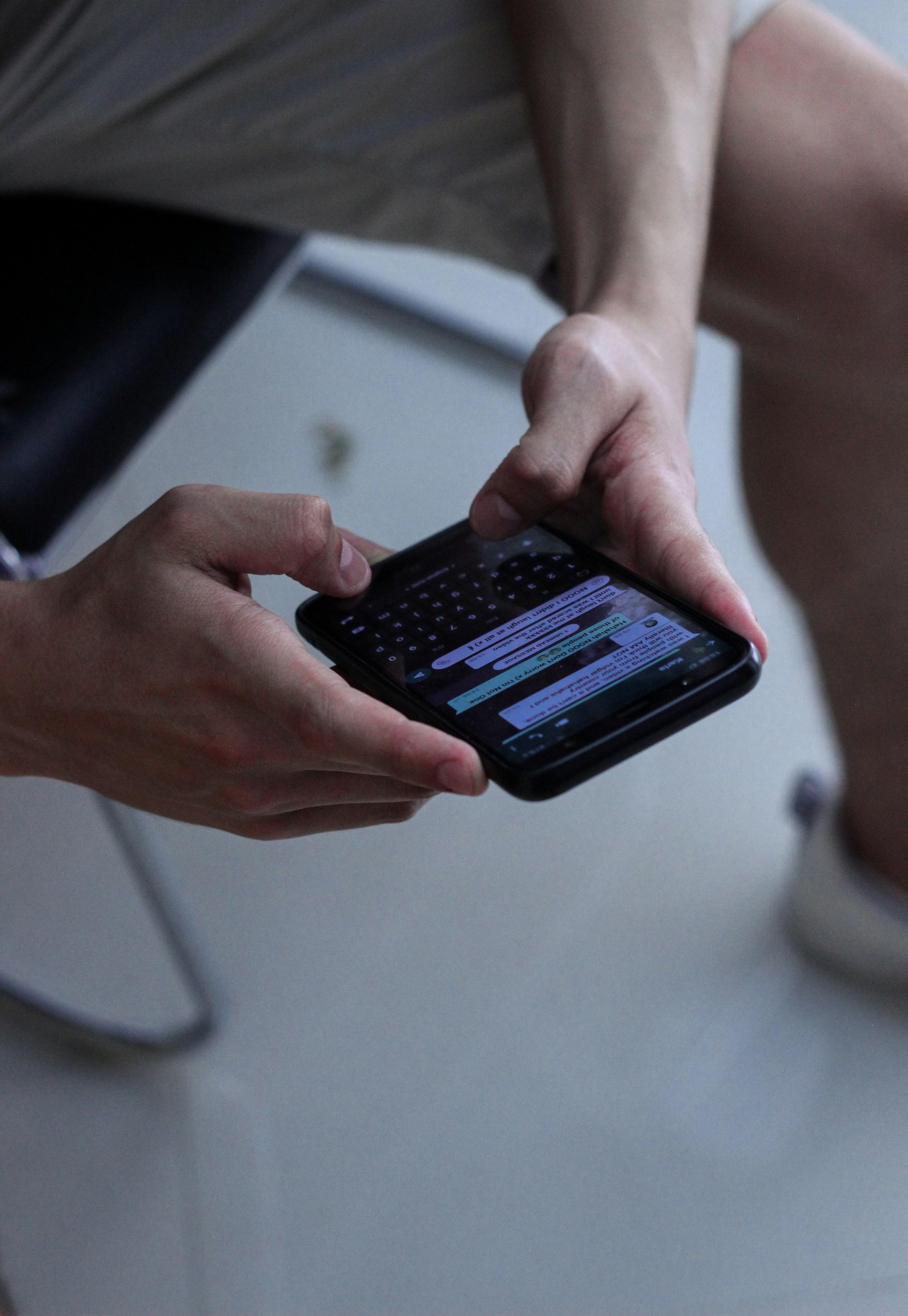Your question is a recovery question, not a verdict on whether certain foods are good or bad. You enjoyed a flavorful meal, but now you feel heavy, foggy, and slightly puffy. The instinct is to hunt for a purge button. The truth is less dramatic and more reassuring. Your body is already very good at handling glutamate from MSG. Glutamate is a normal amino acid that your gut meets every day in tomatoes, mushrooms, cheese, and meat. Your small intestine absorbs it, your cells use it for energy or turn it into other amino acids, and the sodium in MSG behaves like the sodium in table salt. What often feels like an MSG problem is usually the combined effect of a salty dinner, a large carbohydrate hit, late eating, alcohol, and poor sleep. The way out is not a flush. The way out is to support the physiology that already works.
Start by easing the sodium load without swinging to extremes. After a salty meal your blood volume bumps up for a few hours. Your kidneys will correct it on their own, but you can help by drinking water at steady intervals rather than chugging a bottle at once. Aim for clear to pale yellow urine by midday. Bring potassium back into the picture with fruit, leafy greens, beans, or yogurt. Potassium helps your body handle sodium, and you do not need special packets or miracle drinks to get it. If you prefer mineral water, fine. If you like coconut water, fine. The point is consistent fluids and everyday foods that restore balance.
Next, calm the blood sugar swings that make mornings feel worse than they need to be. A big refined carbohydrate load at dinner can leave you groggy, anxious, and prone to headaches. Glutamate is not the culprit there. Protein and fiber are your fixes. Build your first meal around eggs, tofu, Greek yogurt, or fish, then add vegetables or berries. Choose carbohydrates that digest more slowly, like oats or wholegrain toast, and skip the ultra sweet coffee drink for one day. Stable energy reduces the chance that normal bodily signals get misread as distress.
Get your body moving early in a low key way. Light movement speeds gastric emptying, improves insulin sensitivity, and sets a rhythm for the day. A 20 to 30 minute walk is enough. If the weather is poor, run through a simple mobility circuit at home with hip openers, cat cow, air squats, and a few pushups. Keep the intensity low. This is not penance for last night. It is circulation, breath, and gentle nervous system activation that tells your body the day has started.
Caffeine can absolutely be part of the solution, provided you time it well. Have a normal coffee after your first glass of water and before or after your walk. Avoid stacking caffeine late in the afternoon, especially if you drank alcohol the night before, because good sleep tonight will do more for recovery than any supplement. Alcohol fragments sleep and raises heart rate, which is why a heavy dinner with drinks often leads to a flat, irritable morning. Respect that signal by keeping training light and caffeine modest.
Do not starve yourself at lunch to compensate for dinner. That cycle tends to end with a late night binge that keeps the symptoms alive. Have a balanced midday meal with protein, vegetables, and a moderate portion of starch. If you enjoy a little acidity on your plate, use citrus or a vinegar based dressing to make the meal feel lighter. Salt your food normally. Overly restricting salt after a salty night can backfire if you live in a hot climate or plan to train. Hydration should follow a rhythm rather than an event. Front load water in the first half of the day, sip steadily in the afternoon, and if you sweat a lot, consider an electrolyte tablet with modest sodium plus potassium and magnesium. If you do not sweat much, water and potassium rich foods are sufficient.
Work a short walk into the early afternoon. Ten to fifteen minutes after lunch can smooth the glucose curve and fend off the slump. Take calls on the move, add a flight of stairs, or loop the block. These small nudges compound. In the evening, protect sleep by eating dinner at least three hours before bed, keeping portions moderate, basing the meal on protein and vegetables, and keeping dessert small. Alcohol is best reduced or skipped. Dim the lights, step away from blue heavy screens an hour before bed, and try a warm shower so that your core temperature can drop and signal the brain that it is time to sleep. The routine sounds boring because it is, and it works because physiology prefers boring.
Set expectations for the timeline. Most discomfort fades within 12 to 24 hours when you follow these basics. If you wake up a bit puffy, run the same plan for one more day. Your kidneys are not waiting for a hack. They are waiting for you to stop adding new spikes. Along the way, be honest about sensitivity. Genuine glutamate sensitivity exists, but it is uncommon and inconsistent. What many people interpret as an MSG reaction is often the combined effect of salt, sugar, fried textures, portion size, carbonation, and alcohol in one sitting. If you suspect patterns, keep a simple log with time of day, sleep quality, alcohol, carbonation, and portion size. The data becomes clear quickly when you write it down.
Headaches deserve special care because they have many triggers. Dehydration, tight neck and jaw muscles, caffeine withdrawal, high stress, and poor sleep stack easily. Glutamate becomes an easy scapegoat because the word sounds technical. Rehydrate, take a gentle walk, loosen the traps and jaw, eat a protein forward meal, and use a normal dose of caffeine if you might be in withdrawal. If headaches are severe, persistent, or come with visual or neurological symptoms, see a clinician to rule out other causes. Relief begins with rule outs and simple wins.
Skip the theatrics with diuretics and quick fixes. Piling on more coffee, alcohol, or herbal diuretic teas will not speed relief and may worsen sleep. Activated charcoal does not make sense here and can interfere with medications. Enzyme blends marketed for food comas have thin evidence. Ginger tea can settle the stomach and peppermint tea can ease fullness, but treat them as comfort, not as chemistry. If you train, scale the day with intent. Choose easy zone two cardio, light technique work, or mobility. Heavy lifting or sprints after a poor night tend to amplify fatigue and disrupt the rest of your week. Stack the win you can recover from.
If your life involves late work or frequent dining out, design the meal to help your future self. Eat earlier, share dishes so portions do not overwhelm you, sip water throughout the meal rather than guzzling it at the end, order a vegetable plate or salad first and eat half before the main arrives, and keep alcohol to one drink or skip it. You will still enjoy the food and you will avoid the cycle of dehydration, glucose swings, and short sleep.
The mindset shift is the real unlock. When you view food as a system rather than a villain hunt, you stop blaming a single molecule and start shaping the inputs that matter. Water, potassium, protein, fiber, light movement, earlier dinners, and solid sleep form a simple operating system that travels well, handles office parties, and recovers from big flavor nights without drama. If you want a one day sketch, wake and drink a glass of water, follow with another within thirty minutes, eat a protein and fiber breakfast, take a twenty minute walk, enjoy a normal coffee, keep water nearby through the morning, eat a balanced lunch and walk ten minutes after, go easy on afternoon caffeine, eat dinner three hours before bed, dim the lights, take a warm shower, and sleep in a cool room. By the next morning you will usually feel normal again.
So the real answer to how to flush MSG out of your system is simple. Your body already does that work. Your job is to stop getting in its way and give it the conditions it prefers. Precision beats panic. Systems beat hacks. If a protocol cannot survive a busy week, it was never a protocol you needed.














